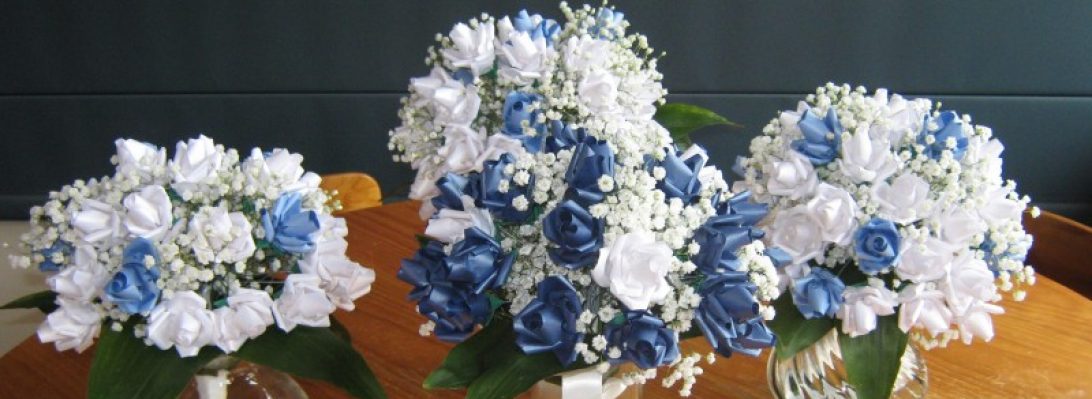Now I have not folded a model from Fumiaki Kawahata before because they looked so difficult:
The instructions I have come from her lovely book “Insects Volume 1” and are all in Japanese (problem number 1) and use a completely different set of sumbols to indivate things like repeat, turn over, sink, spontaneously combust etc which are also in Japanese.
I ended up just going on the before and after diagrams to make sense of what was happening when – not a very efficient technique on a 120 step model with dozens of “repeat behind” that I had to guess but, you know, that is part of the adventure -right?
This is a lovely model on all counts – the body is plump and 3d, the wings delicate 9single layer) with wing cover, feet including lovely sproingy back legs all int eh right place, lovely little antennae. plump and pleated abdomen – wow!
Originally I was going to use 18cm tissue foil and I am soooo glad I chose larger as the fiddly detail near the end would not have been possible with my fat clumsy fingers in a smaller format. I could not imagine trying to tackle this with normal paper as some of the sections are 12 layers thick and were difficult maneuvers even with tissue foil.
I will fold more from this book – the techniques are amazing and the models so lifelike – surely a rival to Robert Lang in terms of realism and complexity of model.
You may applaud now, I do deserve it for managing to get to the end with only a little bit of swearing.

































